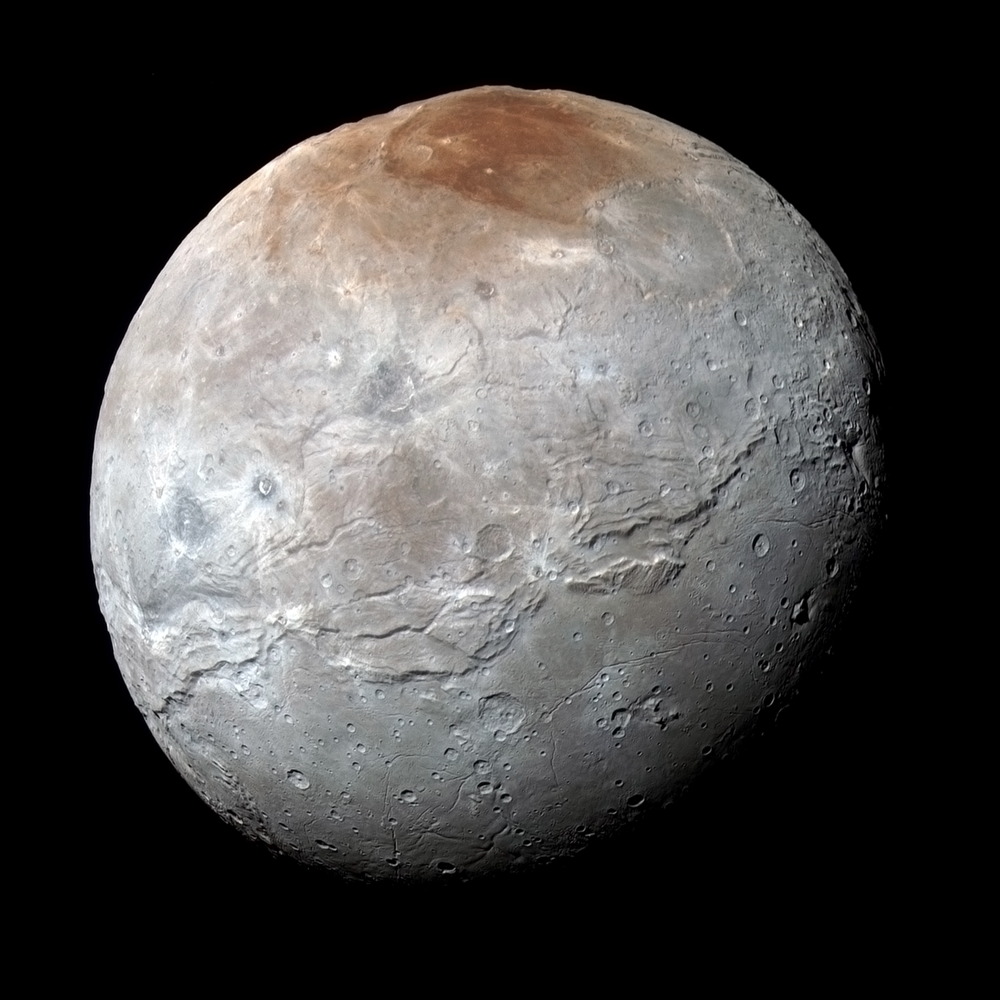Best Space Stories of the Week — Oct. 4, 2015

There's water on Mars, a resupply spaceship at the International Space Station, a science-heavy survival novel on the big screen and something moving inside Saturn. These are our best space stories of the week.
Strong evidence found of water on Mars
A thick, briny water is confirmed as the source of strange dark streaks that appear running along Martian slopes during warm weather. Most water on Mars skips straight from solid to gas, but the highly salty solution has a lowered freezing point and can flow as a liquid. [Full Story: Salty Water Flows on Mars Today, Boosting Odds for Life]
Striking red 'supermoon' lunar eclipse spotted worldwide
The special lunar eclipse, at the same time the full moon was at its closest to the Earth, was a vivid presence in Sunday's night sky, as captured in stunning stargazing photos. The celestial event won't happen again until 2033. [Full Story: Rare 'Supermoon' Total Lunar Eclipse Thrills Skywatchers Around the World]
Tour the jagged, pockmarked canyons of Pluto's moon Charon
A new video, made with images sent back from NASA's New Horizons flyby of Pluto, shows the large moon Charon's striking cracks and ridges. [Full Story: Fly Through Pluto Moon Charon's Giant Canyon in Spectacular New Video]
Get the Space.com Newsletter
Breaking space news, the latest updates on rocket launches, skywatching events and more!
India's first astronomy satellite launches, begins five-year mission
The Indian Space Research Organization's first astronomy satellite launched Sept. 28 on India's PSLV rocket along with one satellite from Indonesia, one from Canada and four from the U.S. The new Indian satellite will investigate black holes and other phenomena by taking optical, ultraviolet and x-ray images. [Full Story: India Launches 1st Astronomy Satellite]
Saturn's rings are making waves
Researchers are studying mysterious ripples in Saturn's rings to track movement within the great gas giant, a process called kronoseismology. [Full Story: Something Strange Is Happening Inside Saturn]
Venus and asteroids are top picks for new exploratory missions
NASA has selected five finalists for the next launch opportunity in its Discovery program — three focusing in on asteroids, and two on Venus. The winning project will launch by the end of 2021. [Full Story: NASA Eyeing Venus, Asteroids for Next Low-Cost Robotic Mission
Food's here! Progress 61 docks at International Space Station
The robotic Russian cargo ship brought more than 3 tons of food and supplies for the space station crew. [Full Story: Russian Cargo Ship Arrives at Space Station]
First private company shoots for the moon in two years
California-based company Moon Express has signed a five-launch deal with Rocket Lab, and plans to send its first two unmanned craft in 2017. These first-ever commercial flights to the moon will test Moon Express' lunar lander, which will retrieve samples on the second launch if all goes well. [Full Story: Private Moon Landing Set for 2017]
Super-ears listen for out-of-this-world movement
A new microphone technology can hear the tiny sounds caused by microbes in motion; a miniaturized version could listen for life on Mars or Europa. [Full Story: Listening for Alien Life: Could New Tech Detect Microbe Movements?]
Ridley Scott talks "The Martian"
Director of the new Mars survival movie starring Matt Damon, out Oct. 2, talks filmmaking challenges and harnessing the "geek factor" in an exclusive interview. [Full Story: Making 'The Martian': Exclusive Interview with Director Sir Ridley Scott]
I read the book, should I watch the movie?
"The Martian" book's science-heavy storyline and goofy charm make it into the movie surprisingly well. An accidental movie review. [Full Story: Does 'The Martian' Movie Do the Book Justice? Yes. Yes, It Does]
Email Sarah Lewin at slewin@space.com or follow her @SarahExplains. Follow us @Spacedotcom, Facebook and Google+. Original article on Space.com.
Join our Space Forums to keep talking space on the latest missions, night sky and more! And if you have a news tip, correction or comment, let us know at: community@space.com.

Sarah Lewin started writing for Space.com in June of 2015 as a Staff Writer and became Associate Editor in 2019 . Her work has been featured by Scientific American, IEEE Spectrum, Quanta Magazine, Wired, The Scientist, Science Friday and WGBH's Inside NOVA. Sarah has an MA from NYU's Science, Health and Environmental Reporting Program and an AB in mathematics from Brown University. When not writing, reading or thinking about space, Sarah enjoys musical theatre and mathematical papercraft. She is currently Assistant News Editor at Scientific American. You can follow her on Twitter @SarahExplains.










